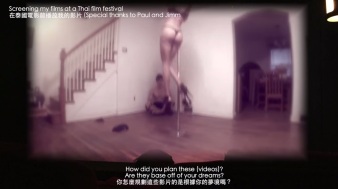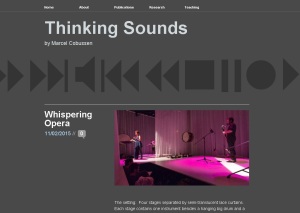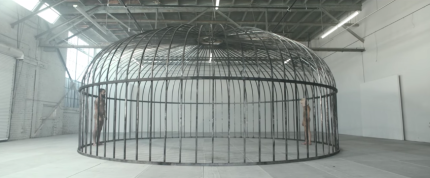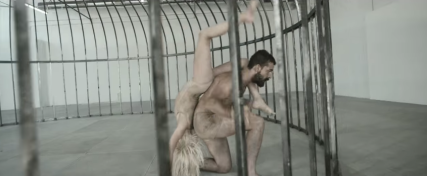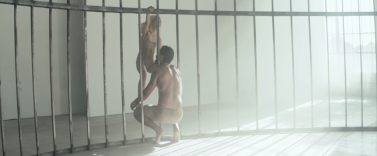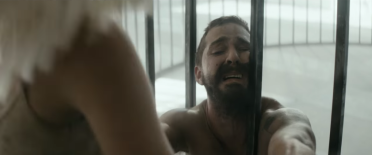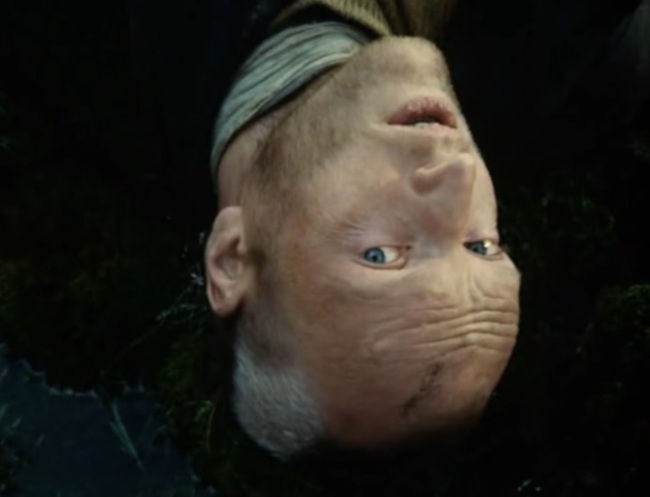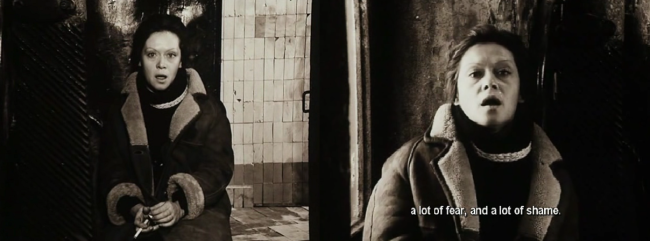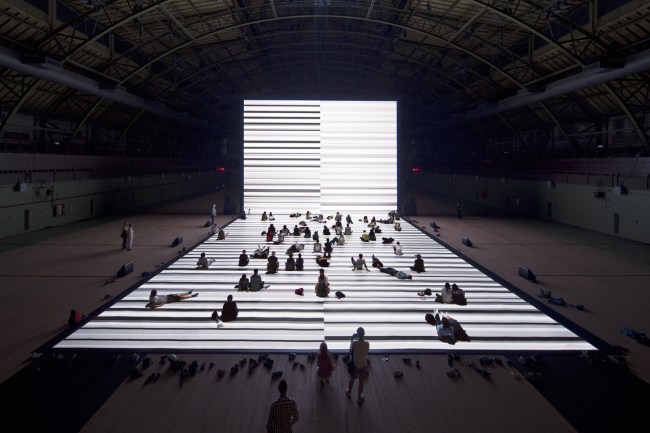
Some interesting visions on music, moving images, sounds and noise have graced me lately. On the one hand due to professional interest, on the other hand because of past experiences. When prompted to explore the expansive field of ‘visual music’, I oncemore familiarized myself with the works of Japanese artist Ryoji Ikeda. While I was exposed to his music before, this time the focus was more on the visual aspect of his artworks, which accompany his music (or is it the other way around). The term visual music is a very broad term to describe the combination of image, sound and music, especially in an art-environment, in the form of film installations. But visual music as a concept can take many forms. I’d like to think it stems from expanded cinema.
We define expanded cinema as the use of moving image and sound expanded beyond the boundaries of the black box cinema. From the 1960s onwards, artists and filmmakers started to explore new ways of dealing with the medium film. Stan Vanderbeek created so called ‘movie murals’, works that existed of multiple projections of film images projected onto a wall. He coined this ‘expanded cinema’. Others, experimented with the use of light and shadows, multiple screens, the use of different technologies as well as elements of life performance during the screening of their work. Next to this, cinema also ‘expanded’ from its traditional black box, single screen environment into new venues, like the gallery or exhibition space. This new ‘ expansive’ cinema coincided with the combination of image with sound, which could be defined as visual music.
Even after researching Ikeda, his works seemed like an enigma to me. Although, a common trait was striking. His works come from a tradition which have an emphasis on mathematical, automated structures. Many of which rely on computers to direct sound straight to image and vice versa in complex patterns and arrangements. This concept of ‘mathematical’ or ‘automated’ visual music is, according to me, not restricted to mere mechanical processes. I believe that it stretches from video art and live performance to short film and installations.
Another fruitful insight in his work comes from the man himself:
“I have a very strong belief–a policy–to not give any interviews,” Ryoji Ikeda, composer and visual artist, said in an interview. Mr. Ikeda sat in a conference room with a window looking out on the building’s cavernous drill hall, where the artist’s latest work, “the transfinite,” was in the early stages of installation. “I want to explain,” he continued.
“This,” he gestured to the window, “is everything. I really don’t want to speak about any concepts. Because there are no concepts.” Finally he laughed, breaking the growing tension. “If I say something that is a kind of answer, the audience will be stuck in what I am saying. And there are infinitely many answers.”
and another:
“Music and math are brothers. I have been obsessed by mathematical beauty for years, but I never really studied it. I dropped out of my university and didn’t attend art or music school. When I listen to classical music, like Bach, it’s so mathematically beautiful––it feels natural for me, as a musician, to dive into the mathematical world.”
Through his broad array of artworks, Ikeda has had a profound influence on not only music but visual music as well. He uses pixels, color temperature, sine waves, square waves, triangle waves, and the ratios and proportion of screens to orchestrate the work so that it all happens at the same time. In the end it all seems to come down to binary code; 1’s and 0’s. The visual and aural representation of data.
With lack of better words, I’d like to use the following quote to highlight the (in my opinion) most important aspect of his music:
“But for all the talk of things like minimalism, the politics of digital audio, and sound’s relation to memory, the most profound aspect of Ikeda’s music is purely physical. Perhaps by studying the works of LaMonte Young, Ikeda understands that sine waves have a deep and weirdly intimate relationship to the human body.” M. Richardson
